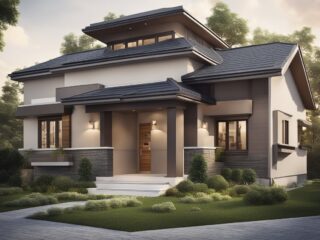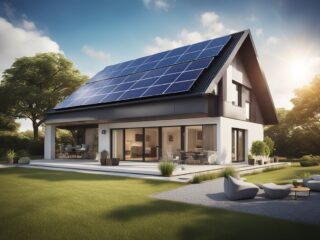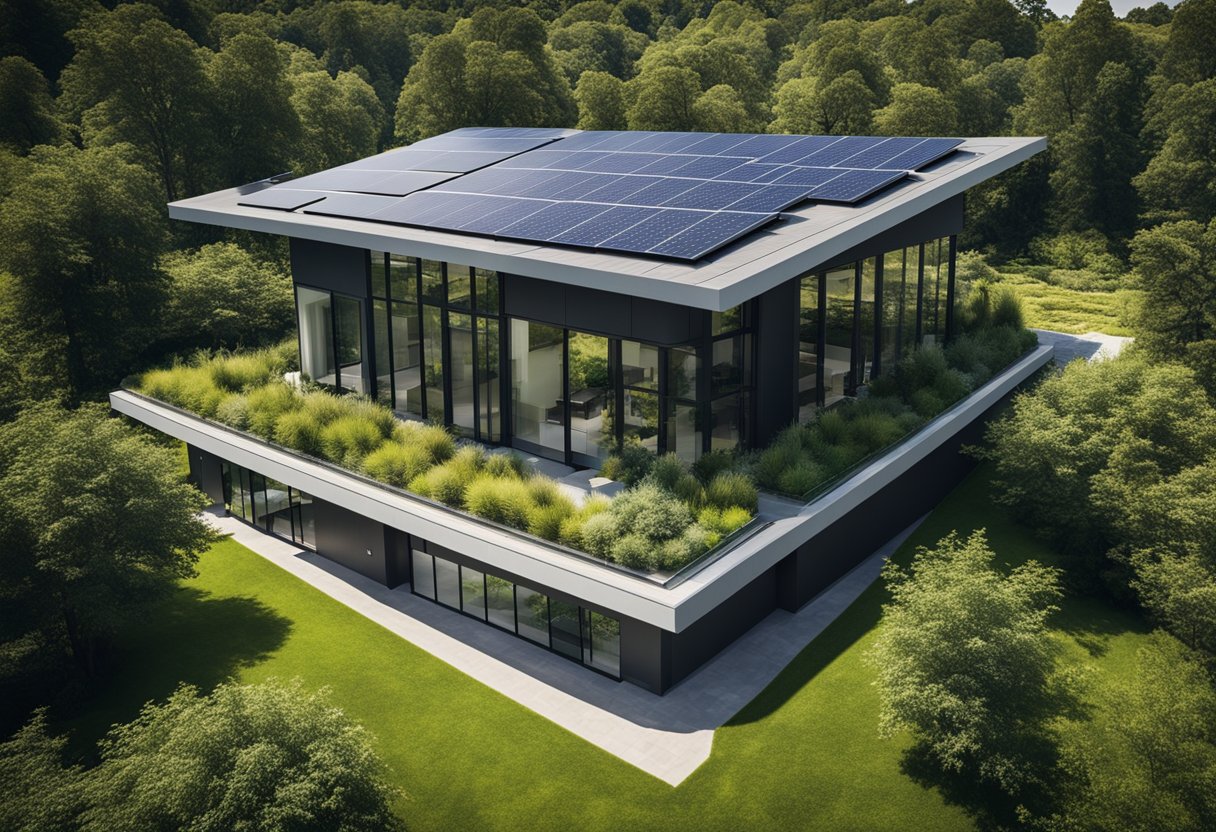
As the construction industry increasingly prioritizes sustainability, roofing options are evolving to meet eco-friendly standards. Exploring sustainable roofing options reveals that materials like metal, solar panels, and green roofs not only reduce environmental impact but also enhance energy efficiency. Homeowners and builders are now seeking alternatives that contribute to eco-conscious living without compromising on style or durability.
Many traditional roofing materials can harm the environment, from their production processes to their end-of-life disposal. In contrast, sustainable roofing solutions offer renewable and recyclable choices that align with green building principles. Additionally, these options often provide long-term savings through energy efficiency and reduced maintenance costs and should be considered if you need a full roof replacement.
Benefits of Sustainable Roofing
Energy Efficiency
Sustainable roofing systems significantly improve energy efficiency. Materials such as cool roofs reflect more sunlight, reducing heat absorption. This leads to lower energy costs for cooling during hot months.
Additionally, green roofs, which support vegetation, provide natural insulation. They help maintain indoor temperatures, thus reducing reliance on heating and cooling systems. Key points of energy savings include:
- Reduced Energy Bills: Effective insulation and reflection lead to less energy consumption.
- Increased Comfort: Consistent indoor temperatures create a more comfortable living environment.
Durability and Longevity
Sustainable roofing materials tend to offer greater durability and longevity compared to conventional roofs. Options such as metal, slate, and recycled shingles are resistant to severe weather conditions.
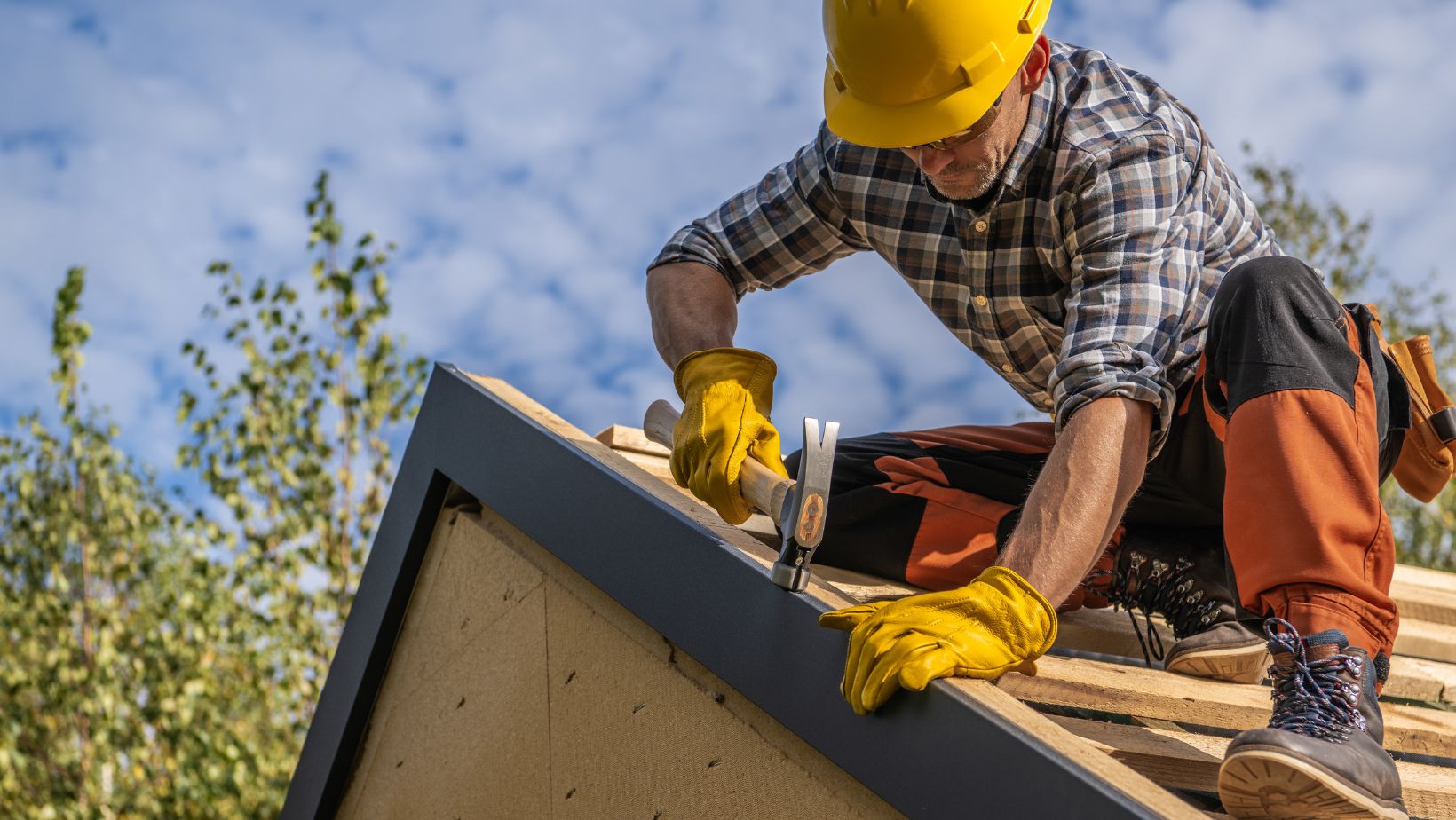
When a full roof replacement is needed, selecting these long-lasting materials means reduced frequency of replacement. This minimizes disruptions and costs associated with re-roofing projects. The benefits of durable roofing include:
- Extended Lifespan: Quality materials can last significantly longer, often 50 years or more.
- Cost-Effectiveness: Longer-lasting roofs require fewer repairs and replacements over time.
Environmental Impact
Sustainable roofing materials have a reduced environmental footprint. They often consist of recycled or renewable resources, which conserve natural materials and reduce waste.
Additionally, installing green roofs helps with stormwater management by absorbing rainwater. This mitigates runoff and lowers the risk of flooding. Notable environmental benefits:
- Reduced Carbon Footprint: Using eco-friendly materials lowers greenhouse gas emissions.
- Biodiversity Support: Green roofs create habitats for various species, promoting urban ecology.
Types of Sustainable Roofing Materials
Recycled Materials
Recycled roofing materials are an excellent choice for sustainable construction. They often consist of reclaimed asphalt shingles, rubber, and other materials diverted from landfills. Utilizing these products can significantly reduce the carbon footprint of a building. Benefits include:
- Cost-effective: They usually come at a lower price compared to new materials.
- Diverse Options: Homeowners can choose from a variety of textures and colors.
- Durability: Recycled materials often match or exceed the lifespan of traditional materials.
Full roof replacement can be a viable process using these materials while minimizing waste.
Green Roofs
Green roofs, also known as living roofs, involve planting vegetation on rooftops. They provide numerous environmental benefits, including improved air quality, enhanced insulation, and habitat creation for biodiversity. Key features include:
- Stormwater Management: They absorb rainwater, reducing runoff and decreasing the burden on drainage systems.
- Energy Efficiency: Insulation from plant layers helps maintain indoor temperatures.
- Aesthetic Appeal: They offer visual benefits, transforming urban areas into greener spaces.
Metal Roofing
Metal roofing is a sustainable option known for its longevity and recyclability. Made from materials such as steel, aluminum, or copper, metal roofs can last up to 50 years or more with proper maintenance. Advantages include:
- Energy Efficiency: Many metal roofs are reflective, which can lower cooling costs.
- Recyclable: At the end of its life, metal can be recycled, reducing waste.
- Fire Resistance: Metal roofs offer superior protection against fire, enhancing safety.
Metal roofing can be particularly beneficial during a full roof replacement project, ensuring a lasting and environmentally friendly solution.
Considerations for Roof Replacement
Cost Analysis
Cost analysis involves evaluating the total expenses associated with a roof replacement. This encompasses materials, labor, permits, and any potential unexpected repairs. Sustainable roofing options can have higher upfront costs but may provide savings in energy efficiency and maintenance over time.
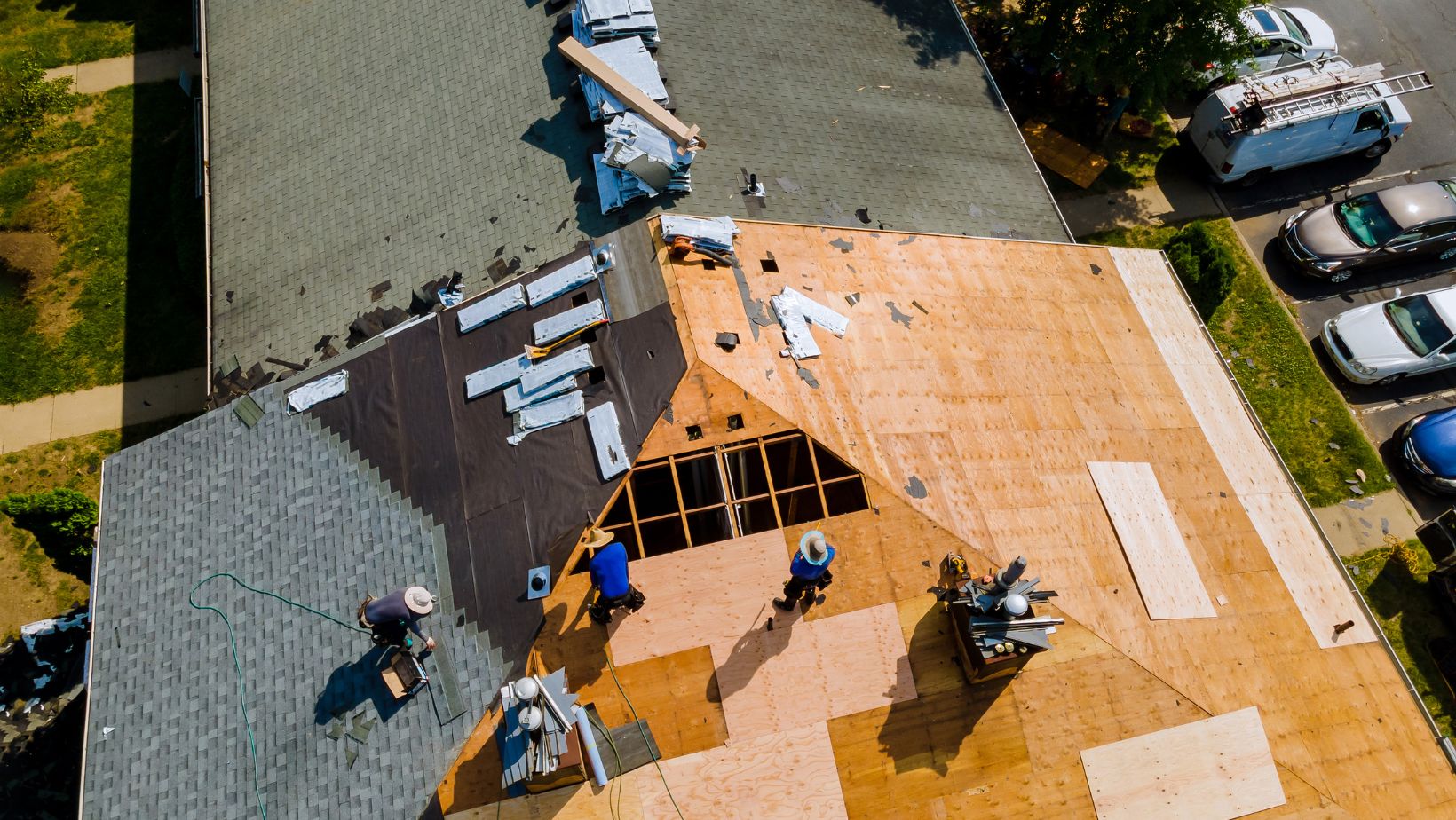
homeowners should compare quotes from multiple contractors to ensure competitiveness. It’s essential to assess the long-term value against initial investment, focusing on durability and warranties offered by manufacturers.
Building Regulations and Standards
Building regulations and standards dictate what is permissible in a roofing replacement. These rules vary by location and often include guidelines on materials, structural integrity, and energy efficiency.
It’s vital to consult local building codes to avoid penalties or delays. Eco-friendly materials may have specific certification requirements that need adherence. Understanding these regulations can streamline the permitting process and ensure compliance with safety standards.
Roofing Contractor Selection
Choosing the right roofing contractor is a critical step in the replacement process. Homeowners should look for licensed, insured, and experienced professionals with a strong track record in eco-friendly roofing projects.
Researching contractors should involve checking references and reviews. Obtaining detailed written estimates with clear descriptions of the work involved can also help clarify expectations. This selection process directly impacts the project’s quality and overall success.
Maintenance and Care
Regular Inspections
Scheduled inspections are vital for identifying potential problems before they escalate. Homeowners should conduct these inspections at least twice a year and after severe weather events. Key areas to check include:
- Flashing: Look for rust or damage.
- Membrane Integrity: Inspect for cracks or punctures.
- Drainage Systems: Ensure gutters and downspouts are clear to prevent water accumulation.
For roofs like metal or living roofs, check joints and seams regularly. Any signs of wear can signal the need for minor repairs or adjustments.
Cleaning and Repairs
Maintaining a clean roof can prevent premature wear and reduce the risk of damage. Organic debris, such as leaves and branches, should be removed frequently. Pooled water can lead to mold and algae growth, so proper drainage is essential:
- Shingle Repairs: Replace damaged or missing shingles promptly to avoid leaks.
- Sealant Maintenance: Reapply sealants where necessary to ensure waterproofing.
For more significant issues, such as leaks or structural problems, a full roof replacement might be required. Addressing repairs quickly prevents further damage.
Sustainability Practices
Incorporating sustainable practices into roof maintenance enhances overall eco-friendliness. Homeowners can utilize eco-friendly cleaning products that minimize environmental impact. Additional sustainable practices include:
- Water Harvesting: Installing systems to collect rainwater helps with natural irrigation.
- Reflective Coatings: Applying reflective materials can reduce heat absorption, contributing to energy efficiency.
Regular maintenance through these sustainable practices not only preserves the roof but also aligns with broader environmental goals.


